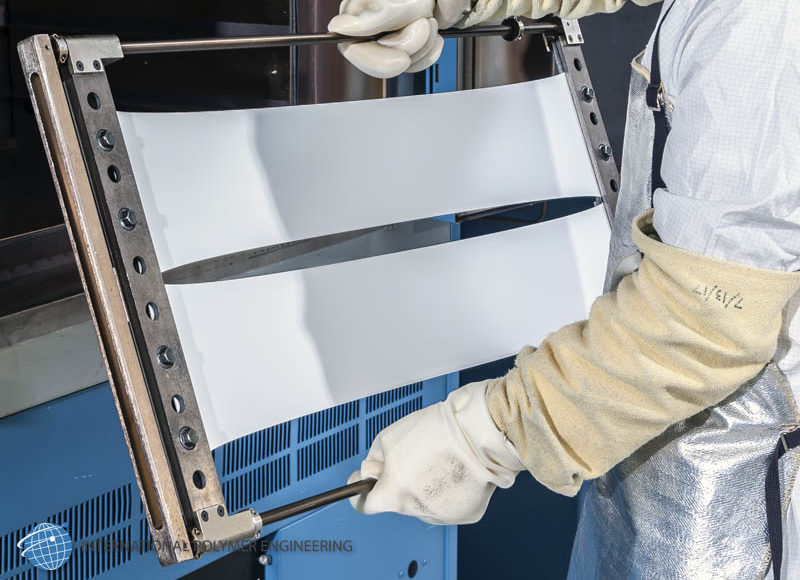
ePTFE has many different uses and is critical for many applications. Most implants created with ePTFE are permanent and non-migrating. ePTFE has been used in implant material for well over 20 years. It is the recommended choice for facial implant procedures because it is inert with very low risk of complications or adverse reaction from the body. In the correct material porosity and configuration. ePTFE can promote tissue in-growth, that will reduce implant migration, erosion, and scaring.
There are several common types of facial implants that are created with ePTFE – including single layer non-reinforced, multi-layer PTFE reinforced, and thermally formed ePTFE.
Multi-layer reinforced ePTFE can be carved or formed which is used for cheeks, chin, and nose in cosmetic and reconstructive procedures. It is used to create parts for:
- Facial implants
- Submalar implants
- Malar implants
- Chin implants
- Premaxilla implants
- Nasal implants
- Dorsal nasal implants
- Nasal labial fold implants
- Lip implants
- Scar fill
Another application for expanded PTFE (ePTFE) is in the use during various dental surgical procedures and surgical grafting. In the correct product density and configuration. This material can be used as barrier membranes to prevent bacterial growth and epithelial migration or provide tissue scaffold for reconstruction. These membranes can be used with or without reinforcement, which can help the membrane maintain the desired shape.

IPE (International Polymer Engineering) is one of the only plastic extruders who specialize in making custom ePTFE and composite PTFE/ePTFE products. When looking for a highly flexible, lubricious, chemically inert, hydrophobic plastic for medical applications, very few non-woven plastics can meet or exceed the flexural properties needed in barrier, instrument delivery, and bending sections of typical medical implants and instruments like our ePTFE FluoroFlex™.
Need a hand developing or prototyping your latest product? Contact IPE today.
